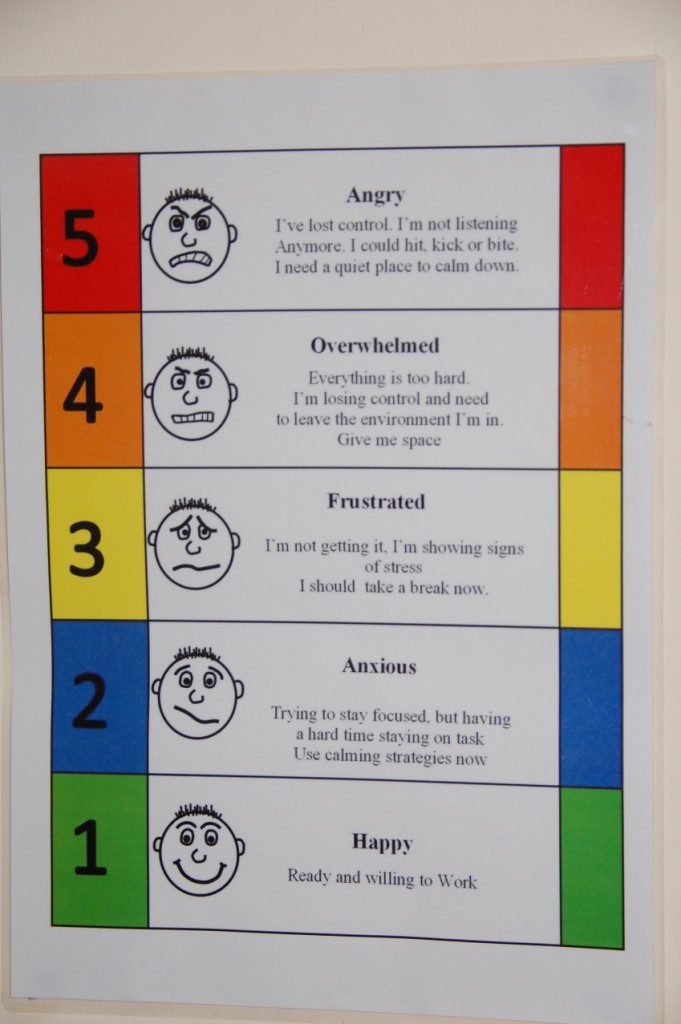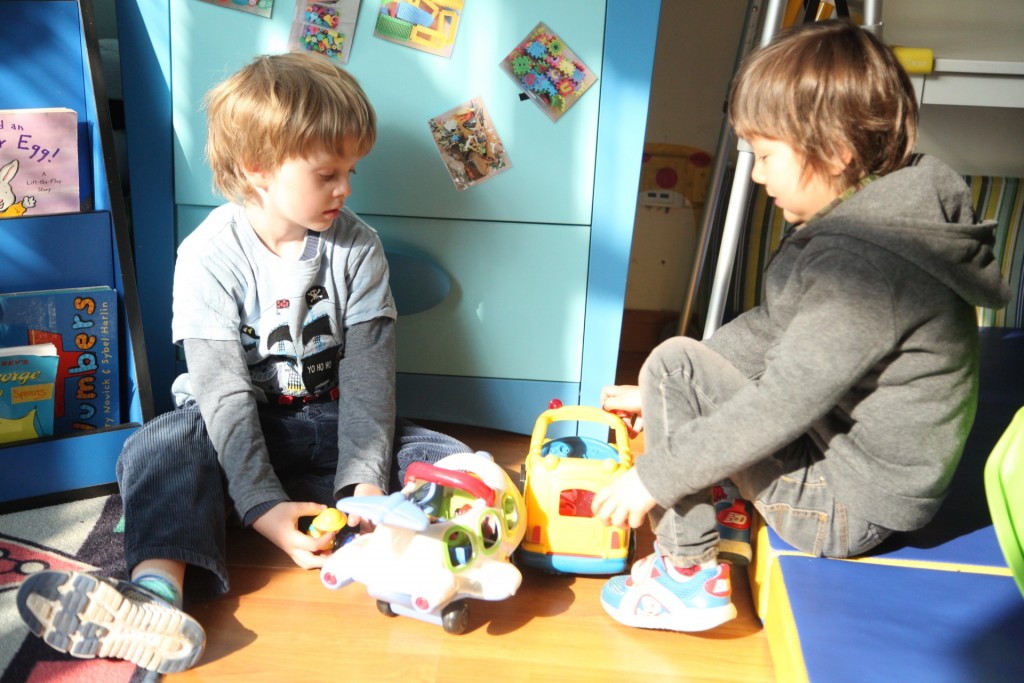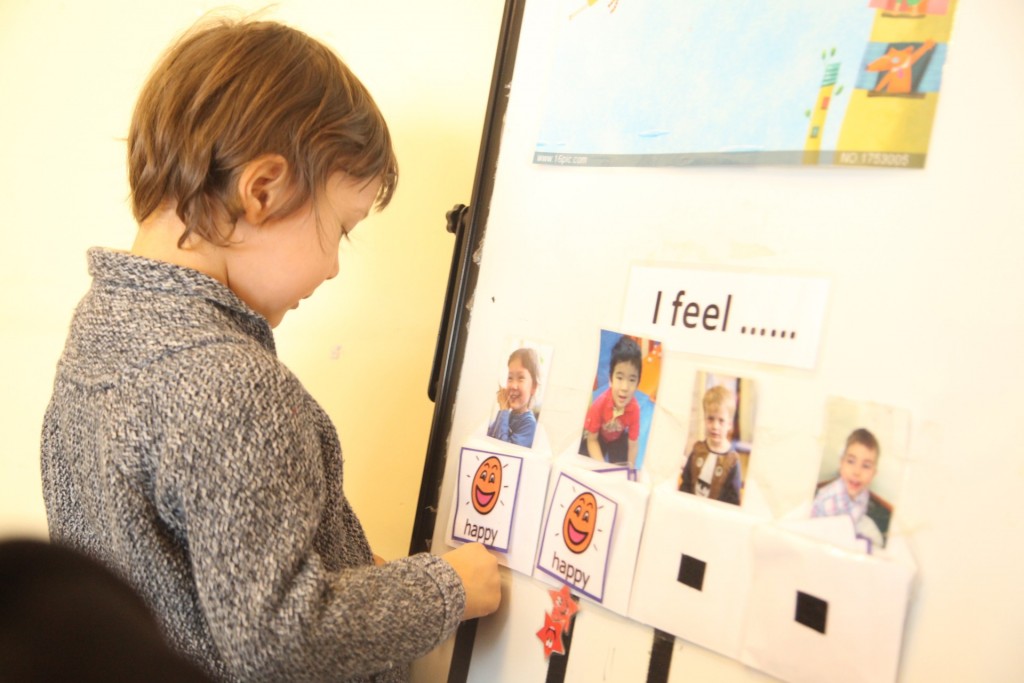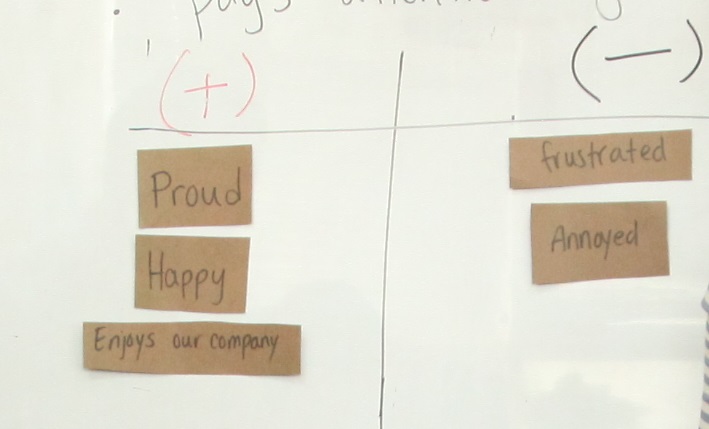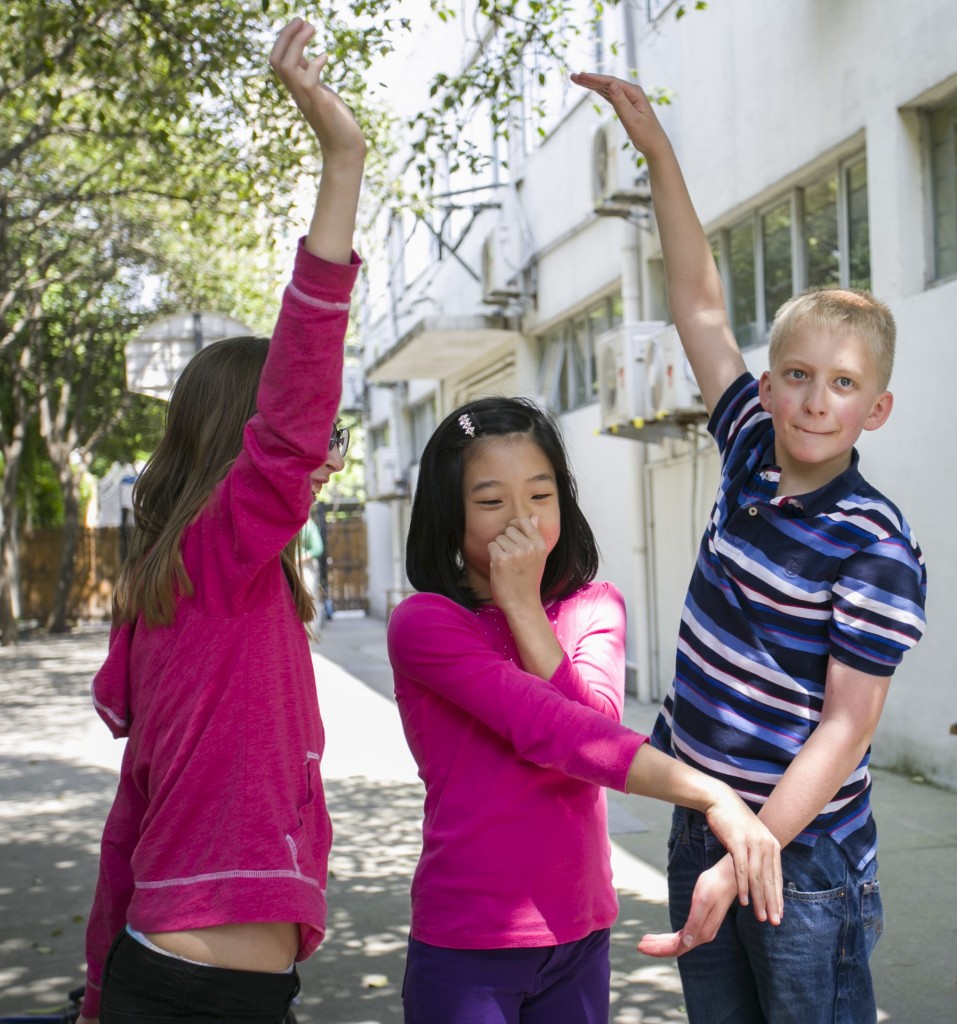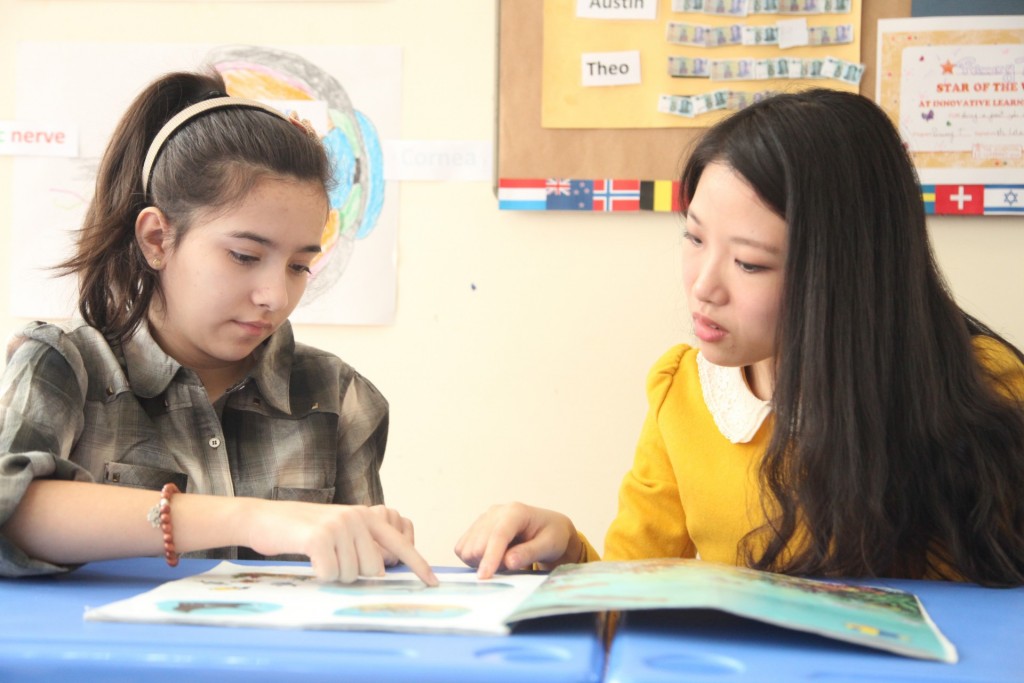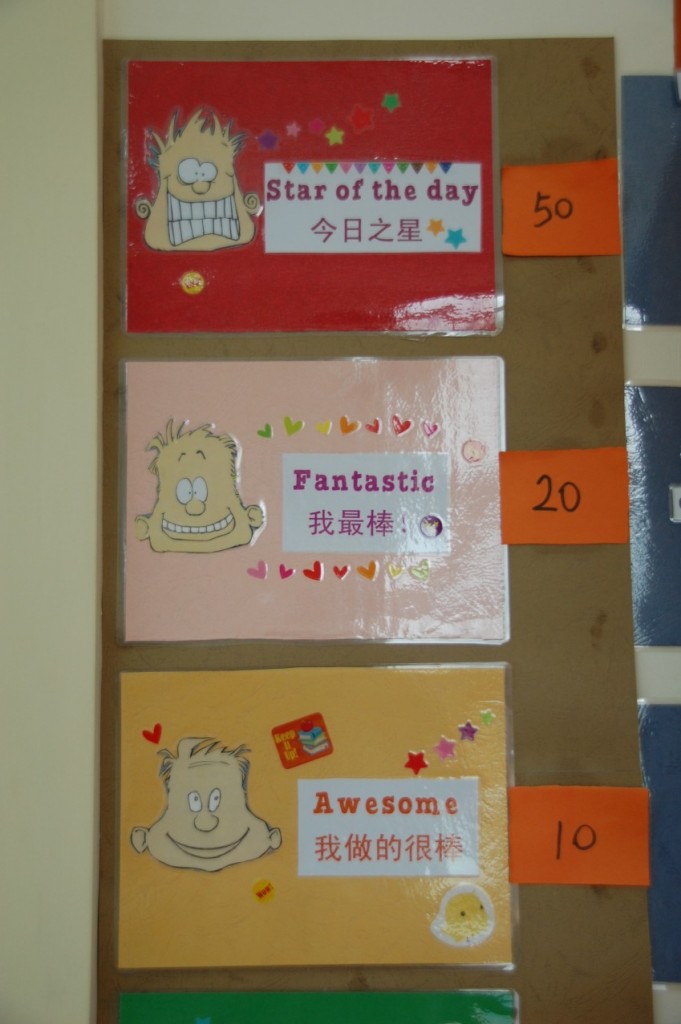By Frank Perrott, Occupational Therapist and Mental Health Counselor
Our ability to monitor our emotions influences our ability to regulate them. Some children and adolescents experience challenging emotions, such as anger or fear, stronger and faster than other people. Because these emotions form incredibly quickly, it may be hard for some people to effectively identify – and thus regulate – their emotions.
If you notice that your child or adolescent becomes excessively angry in situations that don’t seem to affect other children and teens, your child might have challenges regulating his or her emotions. For example, you might notice he or she gets into arguments often, or has challenges successfully managing relationships with peers and siblings, and often feels overly hurt by the actions of others.
Healthy emotional self-regulation is much like a healthy immune system: it is about making our baseline mental state a healthy system that is prepared to “go to work” when unhelpful emotions arise. If your immune system is strong, it is better able to manage external threats and you are less likely to become sick, just like if your ability to successfully self-regulate your emotions is strong, you are more able to manage strong, challenging emotions. Emotions can last a matter of seconds or minutes, moods can last days and moods influence our overall temperament. Emotional regulation therefore can have serious impact on our overall well-being and quality of life.
As an occupational therapist and mental health counselor , I help children and adolescents cultivate a temperament that allows for the early detection and skillful management of challenging emotions.
Here are 7 practical strategies I use to help children and teenagers regulate their emotions:
1. Delay the reaction.
Increase the time period between the forming of a strong challenging emotion (for example, anger) and the action (throwing a tantrum). Research shows that if we can increase this time period, children are less likely to carry out unwanted behaviors. For example, children can be taught a “game” where if they notice they have become angry they stop and try and spell different words with the letters of their name as a distraction technique.
2. Identify a safe quiet space.
I often work with the parents and child to identify a place in their home where the child can go to, a “chill out” zone in which he or she can calm down.
3. Encourage play that develops emotional awareness.
It’s important to continuously develop keener emotional intelligence. Exercises for this purpose might include role-playing aimed at developing and increasing a child or adolescents ability to experience and understand emotions.
4. Broaden your child’s emotional vocabulary.
With more insight comes a stronger ability to self-regulate emotions. Maybe your child has a hard time regulating their emotions because they don’t have the words to describe how they are feeling. You could get into the habit of talking with your child about the different emotions they experience and where they feel those emotions in their body. They might realize, for example, that they feel anger and fear in very similar ways and could then become more adept at identifying each emotion as it occurs. This will lead to them being more readily able to express how they are feeling to themselves and others.
5. Teach interconnectedness.
Teaching children and adolescents about the interconnected and related links between their thoughts, feelings and actions. Research shows affecting positive change in one area can influence positive change in the others. Teach your child or adolescent to think more positively in situations they find challenging – there is a higher chance they will act in ways that bring them better success.
6. Communicate more!
Increase communication between and with the family and school environment to make sure the skills being developed are implemented across different and regular environments. This may include giving the young people homework that encourages open discussion with parents and teachers about their emotions and how they can manage them.
7. Create consequences.
Research shows that when trying to shape positive behaviors in young people, taking a balanced approach of rewarding good behaviors and having consequences for unwanted behaviors is important. Behavioral reward chart systems can be used in the home and at school, as they help to set up a framework to encourage and praise good behaviors.
Lastly, it is important to develop an approach that is specific to the individual needs of each child. Remember to choose and teach the most relevant skills that suit each individual. Above are seven tips to get you thinking about your child or adolescents emotional regulation, but there are many more tips and strategies that can be used. Don’t hesitate to reach out to us at ELG if you need more resources or professional support.

